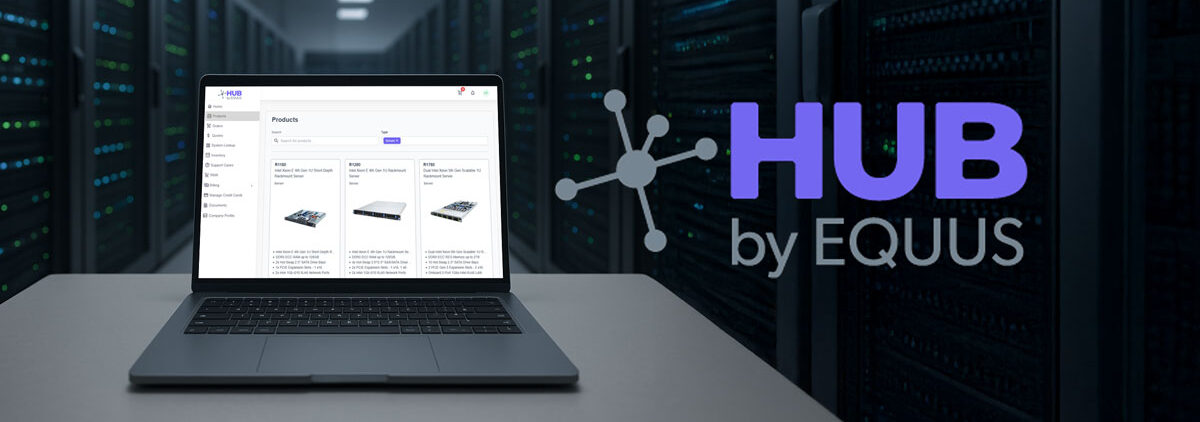The internet has been through several evolutions to get to where we are today. Many remember the days of dial-up internet and “you’ve got mail.” Since then, we’ve gone through many iterations of instant messenger applications, and today we communicate using video, audio, collaborative messaging apps, and more to get stuff done. The metaverse is supposed to be the next evolution in this process. But how will it improve on the current state of doing things?
The goal of the metaverse is to allow us to completely immerse ourselves in the environments of others, leveraging virtual reality (VR) and augmented reality (AR). So, while you may be 5,000 miles away from your friend, you could be virtually present with them. However, this goal is still a bit in the future, and there are different visions for what the metaverse will actually end up as.
Which Vision of the Metaverse Are You Excited For?
Currently, there isn’t a standard vision for the metaverse. Some business leaders see it as an interconnected virtual world, where users can easily interact with any platform, business, or world within the metaverse. They envision a seamless experience where users can fully immerse themselves in events, games, and social interactions.
This vision for the metaverse is reminiscent of worlds described in Sci-Fi novels like “Snow Crash” and “Ready Player One.” And for good reason. We’re still far off from the technological capabilities that would allow immersive experiences at this scale. Even the current VR headset technology isn’t ideal for prolonged activity.
So, which aspects of the metaverse are exciting right now?
Another vision of the metaverse is not a single place but rather many metaverses where users can participate in immersive experiences built for a specific purpose. Microsoft CEO Satya Nadella shared a video showing how they’re using these types of environments to onboard new employees quickly and help them build relationships within the company right away.
The idea behind the metaverse is that technology will embed directly with physical objects, which could have significant practical applications. In a manufacturing environment, this will enhance the usefulness of digital twins. Before investing in equipment upgrades, these companies could run powerful simulations in the metaverse, getting a more accurate picture of the ROI. Companies could also use the metaverse to provide VR training on expensive or dangerous equipment — saving money and protecting employees.
While most visions of the metaverse are exciting, these latter business applications are especially compelling since they are already being implemented to some degree. How can businesses start preparing for the metaverse?
Low Latency and Powerful Computing Will Power the Metaverse
Businesses will need a robust network infrastructure to provide immersive VR experiences at scale. Imagine that you are watching a sporting event in the metaverse, and it freezes right before the game-winning catch. Or, in a business environment, what if your training simulation, which requires precision movement, keeps stuttering due to network issues? It’s clear that low latency computing in the metaverse is indispensable.
Achieving a seamless experience will also require a powerful computing backbone. Companies will need HPC infrastructure at the edge that can support many users and be able to scale on demand. Companies can start preparing by shoring up their current edge infrastructure, ensuring they have the foundation on which to build their metaverse. The vision for the metaverse will continue to evolve, so make sure you’re ready to embrace the future.








